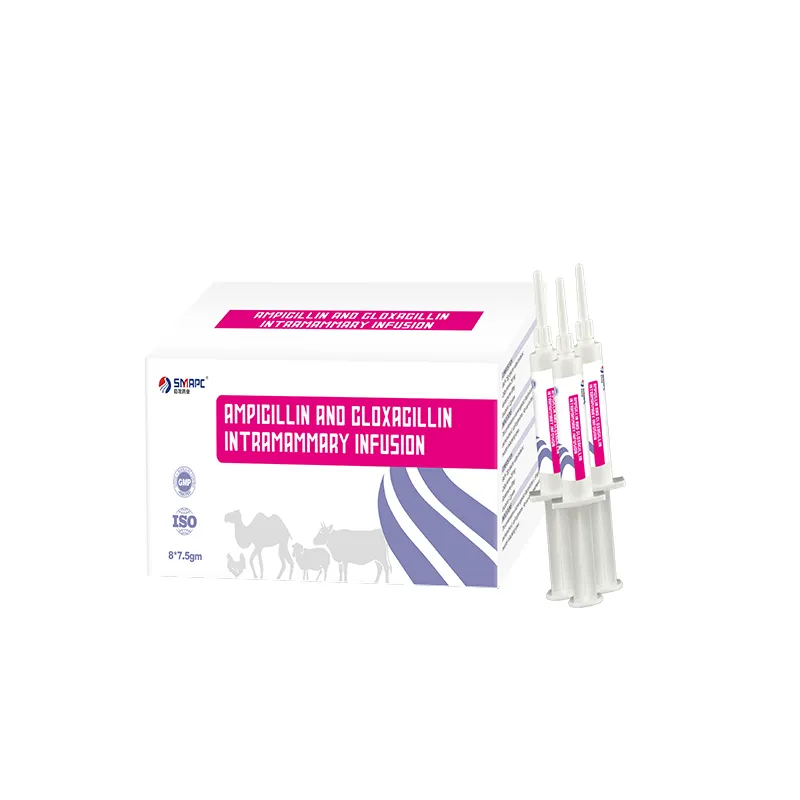
Choosing the Right Emulsifiers for Perfect Homemade Mayonnaise Recipes and Techniques
The Role of Emulsifiers in Mayonnaise Production
Mayonnaise is a staple condiment around the world, known for its creamy texture and rich flavor. At its core, mayonnaise is an emulsion, which is a stable mixture of two liquids that usually do not mix, such as oil and water. The successful creation and preservation of this emulsion hinge on the effective use of emulsifiers – substances that facilitate the mixing of these disparate liquids. In this article, we will explore the role of emulsifiers in mayonnaise production, their types, functions, and their impact on the final product.
Understanding Emulsifiers
Emulsifiers are molecules that have both hydrophilic (water-loving) and hydrophobic (water-repelling) properties. This unique structure allows them to stabilize emulsions by reducing the surface tension between the immiscible liquids. In mayonnaise, the primary emulsifier is egg yolk, which contains lecithin, a natural phospholipid. Lecithin behaves like a bridge between the oil and water phases, allowing them to blend and remain stable over time.
In commercial mayonnaise production, additional emulsifiers may be used to enhance texture and stability. Common synthetic emulsifiers include mono- and diglycerides, polysorbates, and sodium stearoyl lactylate. These compounds can improve the consistency of mayonnaise, extend its shelf life, and prevent separation, thus ensuring that consumers receive a high-quality product at every purchase.
The Emulsification Process
The emulsification process in mayonnaise begins with mixing the egg yolk and other liquid ingredients, such as vinegar or lemon juice, in a bowl. As the emulsifier (lecithin) interacts with both phases, the oil is gradually added in a slow, steady stream. This slow incorporation is crucial, as adding the oil too quickly can cause the emulsion to break, leading to a grainy texture rather than a smooth, creamy product.
emulsifier for mayonnaise

As the mixing continues, air is incorporated, which contributes to the final product's viscosity and lightness. The emulsifiers coat the dispersed oil droplets, preventing them from coalescing back into a separate layer. This stabilization is what gives mayonnaise its characteristic thickness and creaminess.
Types of Emulsifiers and Their Importance
While egg yolk is the most traditional emulsifier used in mayonnaise production, various alternatives exist. Vegan mayonnaise, for instance, may use plant-based emulsifiers such as aquafaba (the liquid from cooked chickpeas) or various starches and hydrocolloids derived from plants to achieve a similar texture.
The choice of emulsifier can also influence the taste and mouthfeel of the mayonnaise. Some synthetic emulsifiers may impart a different flavor profile, while natural emulsifiers often enhance the overall sensory experience. Therefore, manufacturers must carefully select the emulsifiers based on the desired characteristics of the final product.
Conclusion
In summary, emulsifiers are integral to mayonnaise production, playing a critical role in creating a stable and pleasant emulsion. With traditional options like egg yolk, alongside modern synthetic and plant-based alternatives, the versatility of emulsifiers allows for a variety of mayonnaise products catering to diverse dietary preferences and consumer demands. The science of emulsification not only underscores the art of mayonnaise making but also ensures that consumers enjoy a consistent and enjoyable product every time they reach for this beloved condiment. As trends continue to evolve, the exploration of new emulsifiers will undoubtedly shape the future of mayonnaise and countless other emulsified products.
-
Pure Sodium Dichloroisocyanurate Dihydrate | Powerful DisinfectantNewsAug.29,2025
-
Industrial Chemicals: Quality & Purity for Every IndustryNewsAug.28,2025
-
Nitrile Rubber Honoring Strict Production StandardsNewsAug.22,2025
-
Aspartame Ingredients Honoring Food Safety ValuesNewsAug.22,2025
-
Fertilizer for Balanced Plant NutritionNewsAug.22,2025
-
Cyanide Gold Processing with High Purity AdditivesNewsAug.22,2025
-
Formic Acid in Textile Dyeing ApplicationsNewsAug.22,2025
Hebei Tenger Chemical Technology Co., Ltd. focuses on the chemical industry and is committed to the export service of chemical raw materials.
-

view more DiethanolisopropanolamineIn the ever-growing field of chemical solutions, diethanolisopropanolamine (DEIPA) stands out as a versatile and important compound. Due to its unique chemical structure and properties, DEIPA is of interest to various industries including construction, personal care, and agriculture. -

view more TriisopropanolamineTriisopropanolamine (TIPA) alkanol amine substance, is a kind of alcohol amine compound with amino and alcohol hydroxyl, and because of its molecules contains both amino and hydroxyl. -

view more Tetramethyl Thiuram DisulfideTetramethyl thiuram disulfide, also known as TMTD, is a white to light-yellow powder with a distinct sulfur-like odor. It is soluble in organic solvents such as benzene, acetone, and ethyl acetate, making it highly versatile for use in different formulations. TMTD is known for its excellent vulcanization acceleration properties, which makes it a key ingredient in the production of rubber products. Additionally, it acts as an effective fungicide and bactericide, making it valuable in agricultural applications. Its high purity and stability ensure consistent performance, making it a preferred choice for manufacturers across various industries.





